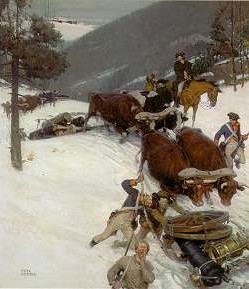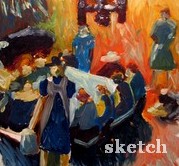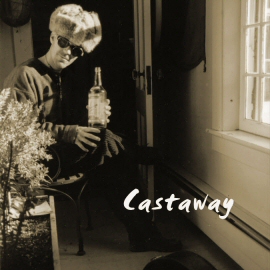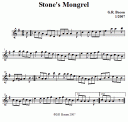 new music
new music
Growing a Tune: The Seed
Here is my latest tune.

I know it doesn’t look like much, but it is how most of my tunes start out. A fleeting idea enters my head as I’m driving to work. I reach into the console to find something, anything, to write on. I fervidly scratch the lines of the staff onto paper as I’m taking a corner (hey, at least I’m not on my cell phone). I pencil in a few dots to make up the first couple measures. Those first few dots are seeds. Sometimes nothing happens with them and they don’t grow. I have hundreds of scraps of paper lying around with seeds that never bloom into anything. My wife loves the mess. Other times the idea does grow. Sometimes into a weed and other times into something a little more enjoyable. I add more dots. Maybe even enough dots to make a tune.
At this point, I generally let that tune sit for a few days. This is part of my vetting process. If I can remember that tune a few days later without looking at the music, it might be worth playing for someone else.
Yesterday I played this tune for Unstachio, what I could remember of it anyhow. I haven’t wasted time trying to figure out a name quite yet. No sense in finding a perfectly good name for a perfectly crappy tune. Gotta save names for the good tunes. This might be one. Seems better than a weed.
So, here is the plan. Unstachio and I are going to continue watering this one and see how it grows. First I need to really learn it. Then I am going to do a rough recording of it send it to him so he can learn it. If we think it has merit, we’ll spend some more time caring for it…and we will see what grows.
I’ll post about the progress as we go.








